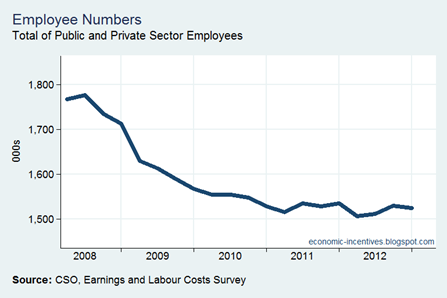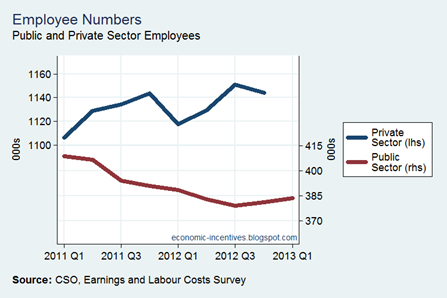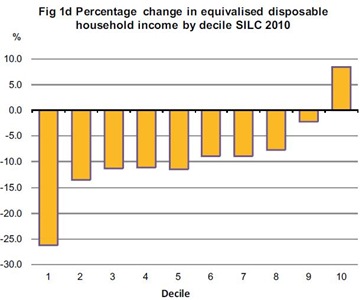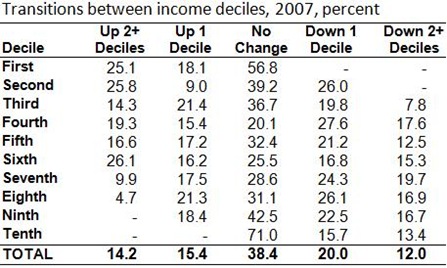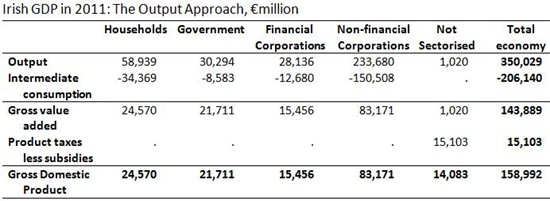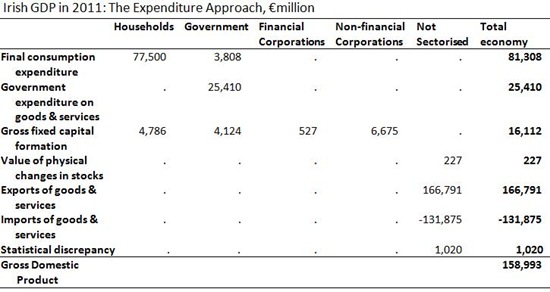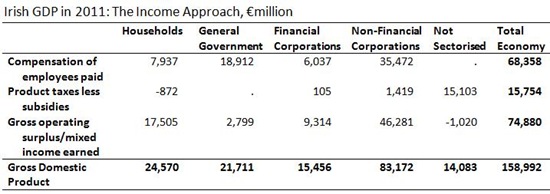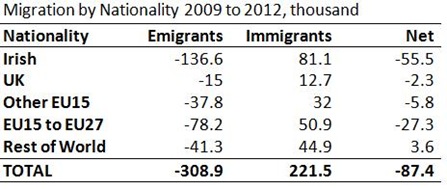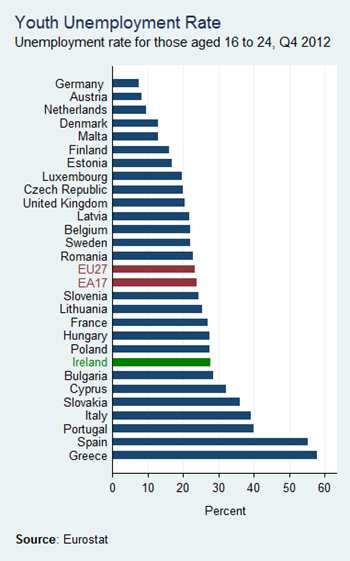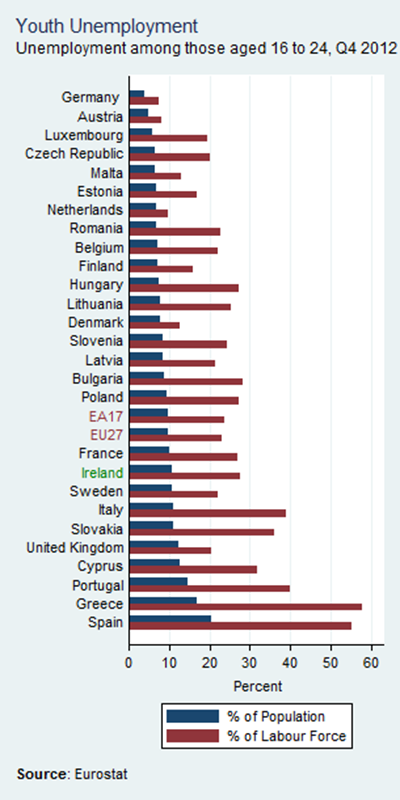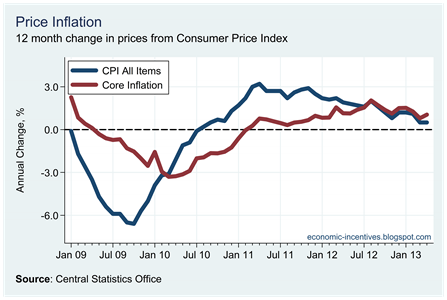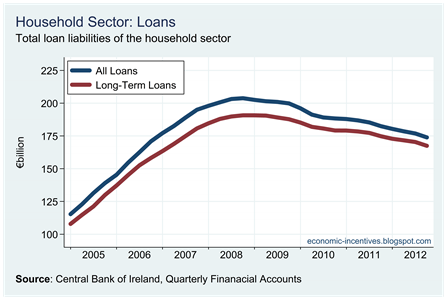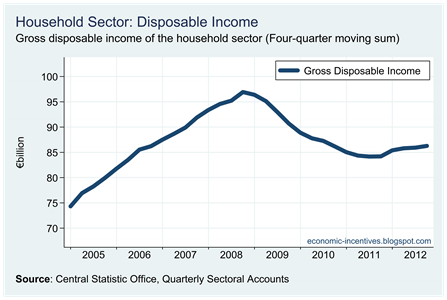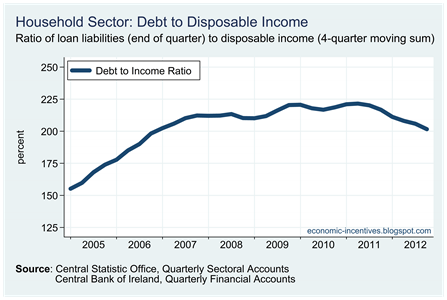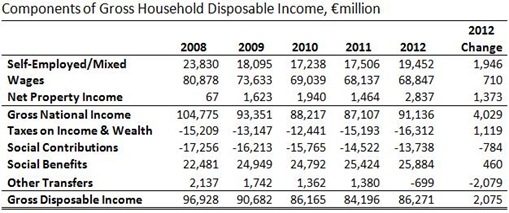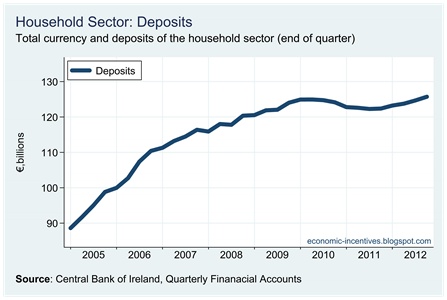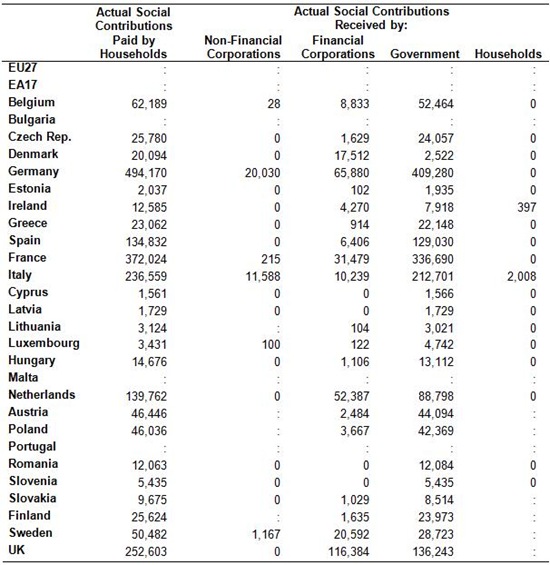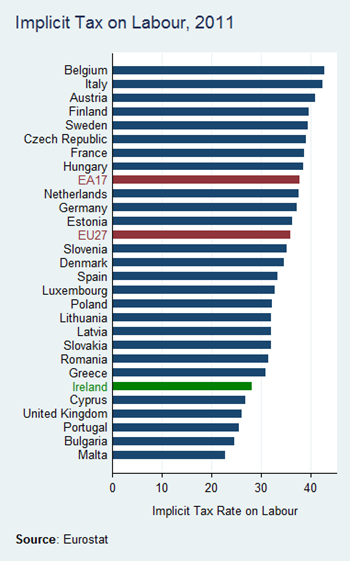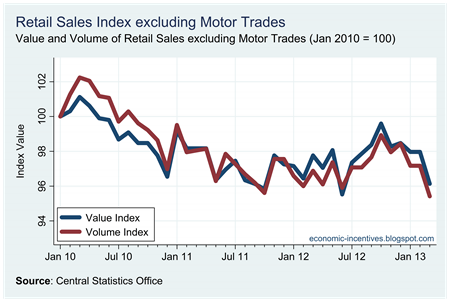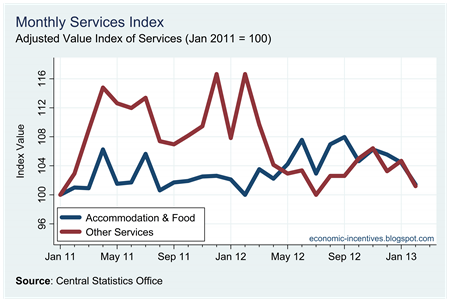US company Elppa operates in the consumer gadgets sector. It has distribution and retail units for its gadgets in countries all around the world. It also has a single holding company that licenses the design, software and overall intellectual property that go into its gadgets.
By dint of the design of its transfer pricing structure, Elppa’s holding company is ten times more profitable than the retail divisions. Its sales operations in Ireland contribute 1% of its global profits (excluding the US).
Elppa’s Irish distribution and retail business generates an annual profit of €20 million. On this it pays €2.5 million in corporate income tax (12.5% of €20 million). Across all its distribution and retail operations Elppa has global retail profits of €2 billion. As these individual retail units are a ‘permanent establishment’ in each country the appropriate amount of corporate income tax is paid in each country in which these retail profits are generated.
Elppa’s holding company generates annual profits of €20 billion. The company was registered and established in Ireland but it is based in the US. Most of its small staff are in the US, its operational activities are carried out in the US, its board meetings take place in the US and its assets (massive cash reserves) are held in the US. Apart from its incorporation the holding company has no direct links with Ireland.
In Irish tax law companies that are incorporated in Ireland are considered tax resident in Ireland with some exceptions. One exception is based on the standard rules produced by the OECD for tax residence based on the test of a company’s ‘effective management and control’. Elppa’s holding company is effectively managed and controlled in the US.
If a foreign-owned company with a presence of substance in Ireland has a subsidiary that is incorporated in Ireland but effectively managed and controlled in another country that subsidiary is not considered tax resident in Ireland. There is nothing unique or unusual about this.
As the holding company is incorporated in Ireland it is subject to Irish corporation tax on its source profits generated in Ireland. Through its activities with the Irish retail division the holding company generates a profit of €200 million. The holding company will pay €25 million (12.5% of €200 million) on these profits. The remaining €19.8 billion of profits will be taxed where the company is tax resident.
This is where Elppa makes use of a kink in the interaction between the Irish and US tax codes. The US tax code treats companies like individuals. Just as every US citizen is subject to US personal income tax of their global income, every US-incorporated business is subject to US corporate income tax on its global profits. US-incorporated businesses incur a 35% tax on their global profits (with tax credits given for tax paid elsewhere).
Elppa’s holding company carries out all its operations in the US. However, because it is incorporated in Ireland it is not considered to be tax resident in the US. As the holding company has no presence in any other country apart from its incorporation in Ireland and its operations in the US it is deemed to be tax resident in no country. This is why the scheme works.
The company pays no further tax on the €19.8 billion of profits generated with its retail divisions around the world.
On a total profit of €20 billion, the holding company has paid €25 million of Irish corporation tax giving an effective tax rate of just 0.125%.
Although it has paid a very small amount of tax the company does have a large outstanding tax liability. As stated, the US levies a 35% corporation tax on global profits. Elppa has an international subsidiary that has an annual profit of €20 billion and this will give rise to a tax liability of €7 billion (with a credit given for the small amount of tax paid in Ireland).
Using provisions in the US tax code, Elppa is able to defer the actual payment of this tax liability until the money is repatriated and transferred to a US-incorporated division of the company. Each year the international holding company generates a €20 billion profit it also accrues a US tax liability of €7 billion. There is no way for Elppa to avoid this but it can defer the payment of it by keeping the money “offshore”.
It can be seen the Elppa uses two things to defer this tax liability for US corporate tax:
- The provision in the US tax code that only US-incorporated companies are considered US-resident for tax purposes.
- The provision in the US tax code that allows it to defer the actual payment of the tax liability on the profit earned by the holding company.
Why is Ireland an attractive location for Elppa to base its international operations?
- The interaction of the Irish and US tax codes allows companies to take advantage of the above loopholes in US tax law. We can take it that much of this is the result of deliberate design, definitely in Ireland and possibly in the US.
- Ireland is a very small market so the source income it earns in Ireland is very small. This, allied to our low corporate tax rate, means that Elppa pays a small amount of tax in the international country it chooses to operate in which means that more of its profits can benefit from the scheme outlined above.
Elppa is not avoiding any Irish tax and pays 12.5% tax on both the retail and licensing profit it makes in Ireland.
It is not avoiding tax in any other international country though the transfer pricing scheme that allows its holding company to be ten times more profitable than its retail divisions can be questioned. If more profit is shifted to the retail divisions than Elppa will pay more corporate income tax in all the countries in which it operates. Changes to transfer pricing rules requires international coordination.
Finally, Elppa is deferring the actual payment of a massive amount of US corporation tax but it cannot avoid incurring the liability.
The calculation of a tax rate of 0.125% for Elppa’s holding company is possible but that is only done by taking the tax paid by Elppa on its source profits in Ireland as a proportion of its global profits, most of which are not taxable in Ireland.
[Any similarity to a US consumer gadget company whose name is the reverse of Elppa is purely coincidental.]

